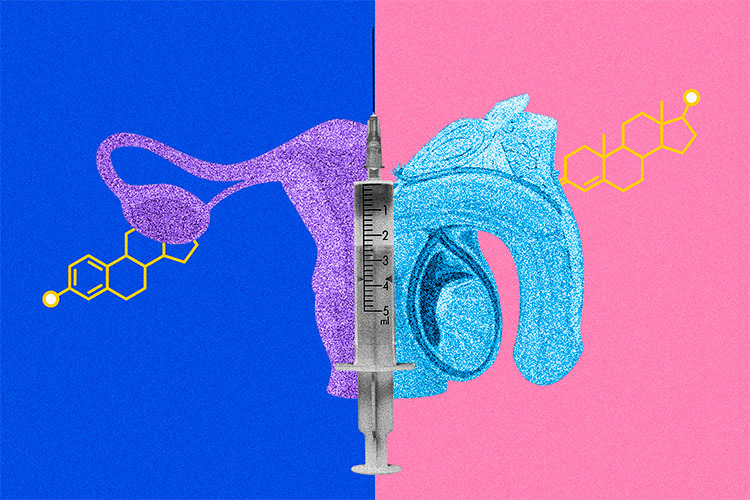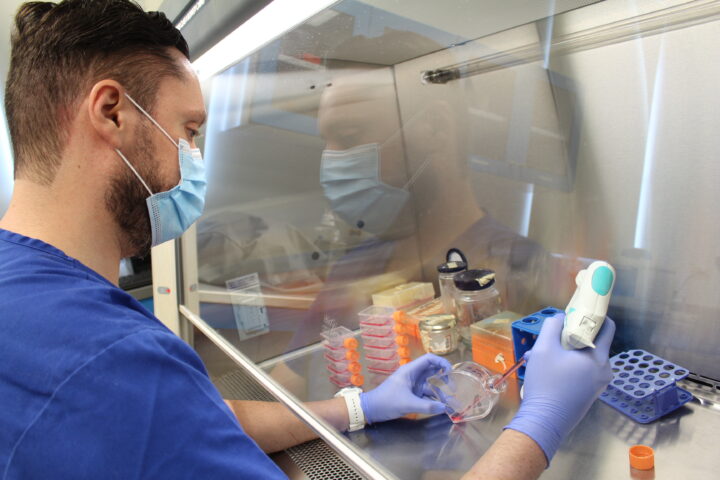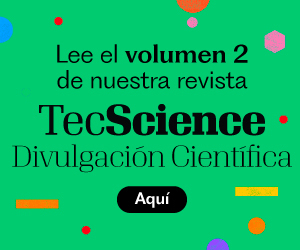Gender-affirming hormone therapy is essential for the health and well-being of transgender people who choose to use it. However, in Mexico and Latin America, access is still limited in coverage, standardization, and medical follow-up.
“Each person can exercise their bodily autonomy to create a body they want to inhabit,” says Siobhan Guerrero, researcher at the Center for Interdisciplinary Research in Sciences and Humanities (CEIICH).
Guerrero explains that choosing to use hormone replacement therapy is related to the free development of one’s personality and the right to access healthcare, which should be a guarantee for the transgender and non-binary community.
Scientific Evidence on its Benefits
There is growing evidence demonstrating that these treatments—whether it is testosterone, estrogen, or other hormones—have many benefits, primarily related to psychological well-being.
Studies show that these therapies reduce gender dysphoria—the psychological distress experienced when a person’s gender identity does not align with the sex they were assigned at birth—improve their quality of life, and decrease cases of depression, anxiety, and suicidal ideation.
“It’s positive in terms of mental health and personal development in their work, study, and family environments,” says Guerrero. “For me, this is reason enough to say that these types of technologies should be accessible to the trans and non-binary community.”
But despite the evidence, progress toward universal access remains slow.
How to Ensure Safe and Supervised Access
For Guerrero, in addition to making sure that trans people who wish to use gender-affirming hormone therapy as part of their transition have access to it, it is essential that this occur with clinical monitoring and within an appropriate legal framework.
“Many of these technologies, if they aren’t used under medical supervision, can have negative effects on the kidneys, liver, or even the brain,” she says.
The researcher affirms that specialized care must be non-pathologizing, since it is now recognized that being a trans person is not a pathology but a gender identity.
She also emphasizes the importance of knowing that there are trans people who choose to undergo their transition without medication or surgical interventions. “This in no way makes them second-class trans persons,” she clarifies.
To ensure safe use, protocols must be defined and procedures and medications standardized.
Progress and Issues to be Solved
A recent study conducted in Australia found that initiating testosterone therapy immediately in transgender and gender-diverse adults has better outcomes than waiting. In the country, the protocol for receiving this hormone takes three months, as patients are placed on a waiting list and must undergo a rigorous evaluation.
These findings could guide public health policies to reduce waiting times.
Despite progress, some gaps remain in research on the potential side effects associated with these treatments. There is also an urgent need for treatments designed specifically for transgender people. “Many of these technologies were not designed for the transgender population, such as hormone blockers, which were designed for cisgender adolescents who had an early-onset puberty,” Guerrero explains.
Risks of Self-Medication and Use of Non-Prescribed Hormones
Among the greatest risks of not having standardized care are the use of non-prescribed hormones, self-medication, the purchase of hormones through informal or illegal means—such as the dark web—and unsafe injection practices.
Self-medicating with unregulated hormones can lead to unsafe substances, incorrect doses, and no clinical monitoring.
It is estimated that between 20 and 40% of trans and non-binary people have used non-prescribed hormones at some point during their transition. Structural barriers—such as cost, regulation, lack of trained healthcare professionals, and limited access—contribute to dangerous practices within this community.
“Unfortunately, there are few endocrinology professionals who really have enough knowledge to support trans people,” says Guerrero.
Remaining Challenges to Guarantee Trans Rights and Safety
Protecting the safety, dignity, and well-being of the trans community requires more than expanding access to regulated therapy.
According to Guerrero, it is urgent to address issues such as access to education and employment, the elimination of discrimination in public services and spaces, the prevention of violence and trans femicides, their psychological well-being, political representation, and the investment in public policies that protect them.
“We need to prevent the impoverishment of trans lives,” she says. “Perhaps the best way to intervene is to prevent the chains of violence by intervening in homes, schools, the public sphere, and workplaces.”
In Mexico City and other major cities across the country, the researcher sees a glimmer of hope that leads her to believe this is possible. “I’m not going to tell you that Mexico doesn’t have problems with intolerance,” she concludes. “But all things considered, I think our society has been moving in the right direction; I see social change that is still very incipient, but it’s there.”
Ensuring safe and regulated access to hormone replacement therapies contributes to improving the mental health of trans people and is part of a broader effort to ensure that they can have dignified lives that are free from violence.
Did you find this story interesting? Would you like to publish it? Contact our content editor to learn more: marianaleonm@tec.mx.

















